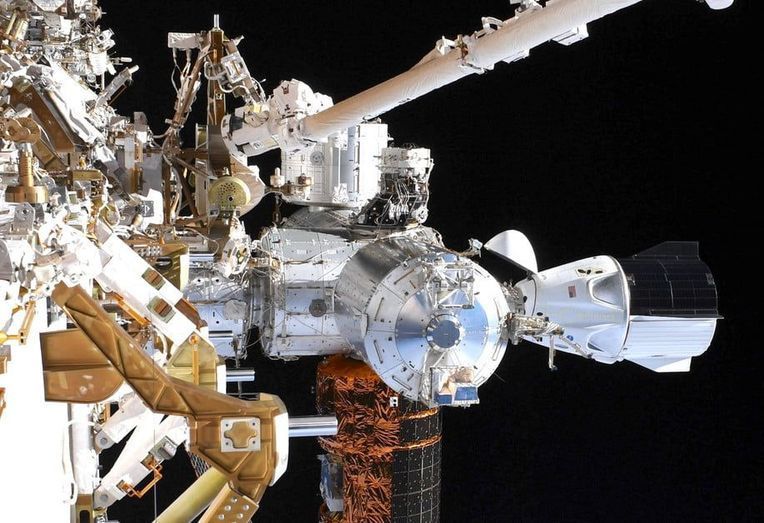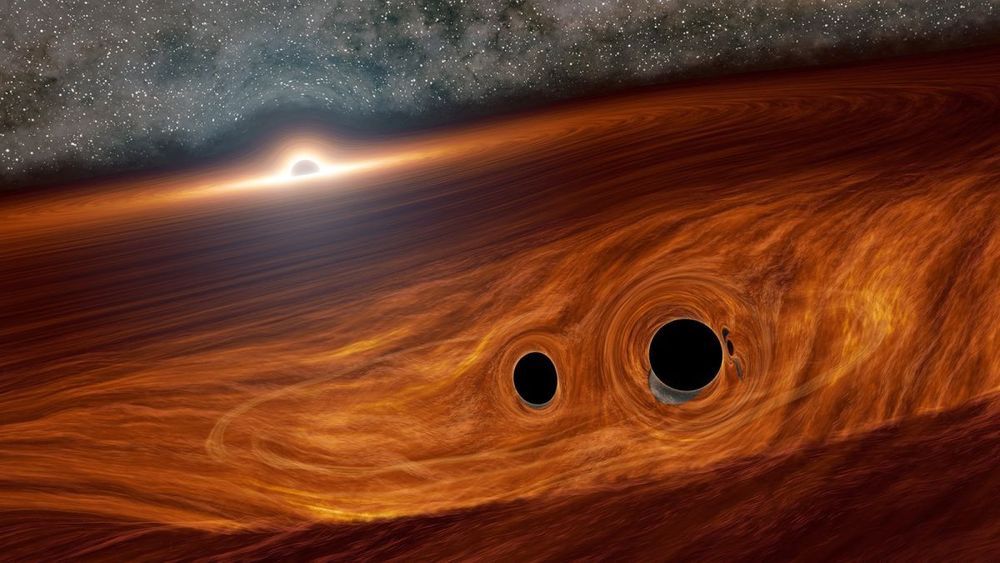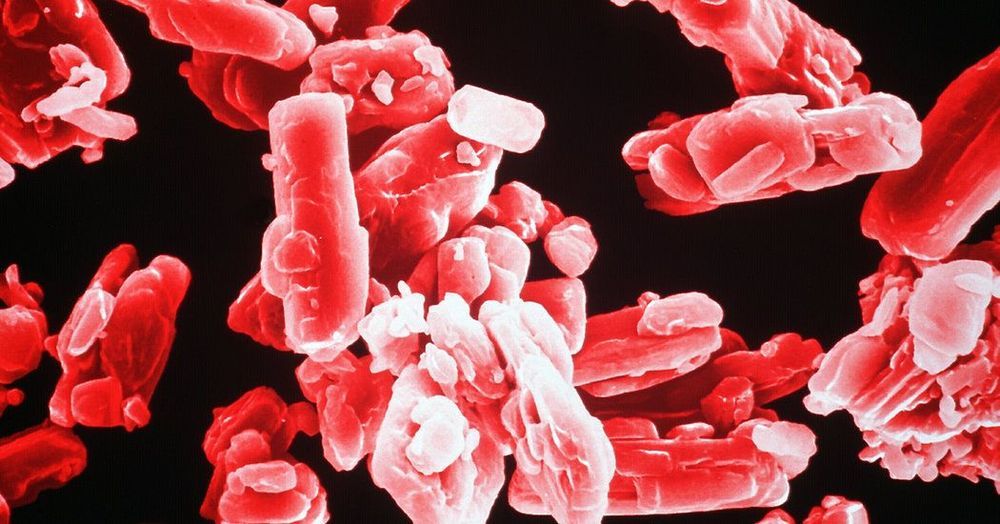Goldschmidt is the foremost annual, international conference on geochemistry and related subjects, organised by the European Association of Geochemistry and the Geochemical Society.



June 25, 2020 — The rapid politicization of the COVID-19 pandemic can be seen in messages members of the U.S. Congress sent about the issue on the social media site Twitter, a new analysis found.
Using artificial intelligence and resources from the Ohio Supercomputer Center, researchers conducted an analysis that covered all 30,887 tweets that members sent about COVID-19 from the first one on Jan. 17 through March 31.


Nanowire/nanoribbon is the way to go, Intel head says.

NASA astronaut Chris Cassidy on Saturday tweeted a cool shot showing SpaceX’s Crew Dragon spacecraft docked with the International Space Station (ISS). The capsule, seen to the right of the picture, looks tiny alongside the enormous space station, but its interior is actually large enough for a human to perform something close to a somersault.
Cassidy captured the image during Friday’s spacewalk with fellow astronaut Bob Behnken. The outing involved ongoing work to upgrade power systems on the space station, swapping old nickel-hydrogen batteries for new lithium-ion batteries. The batteries store power gathered from the station’s main solar arrays and the new ones will provide an improved and more efficient power capacity for the orbiting outpost.
Cassidy later tweeted a couple of other shots from the spacewalk, one a “space selfie” and another taken shortly after the pair returned to the inside of the ISS.


In an experiment performed at Lawrence Berkeley National Laboratory’s 88-inch cyclotron, a team of physicists successfully created a new isotope of the human-made element mendelevium.
How would the Sun look as it dipped below the horizon on a long (17 hour) day on Uranus? Or what would a late-night sunset on Mars look like, when we finally get there? Thanks to some NASA computer modelling, these scenarios are now a little easier to imagine.
What makes a sunset is the interplay of light from the Sun – which includes all the colours of the rainbow – together with the gases and dust in the atmosphere. The less atmosphere, the less impressive the sunset.
Planetary scientist Geronimo Villanueva, from NASA’s Goddard Space Flight Center in Greenbelt, has created simulations of how sunsets might look on Venus, Mars, Uranus, the Saturn moon Titan, and Trappist-1e.
